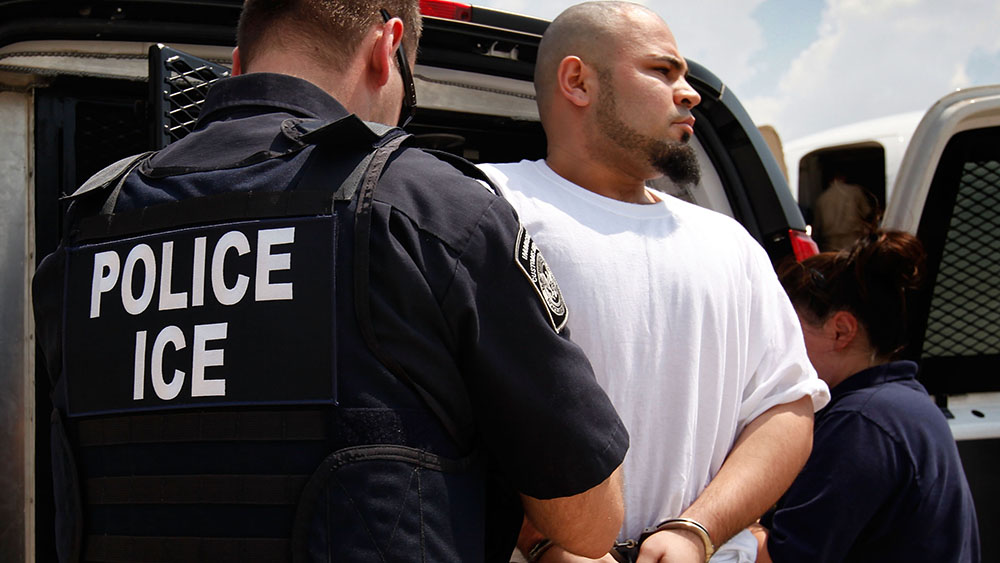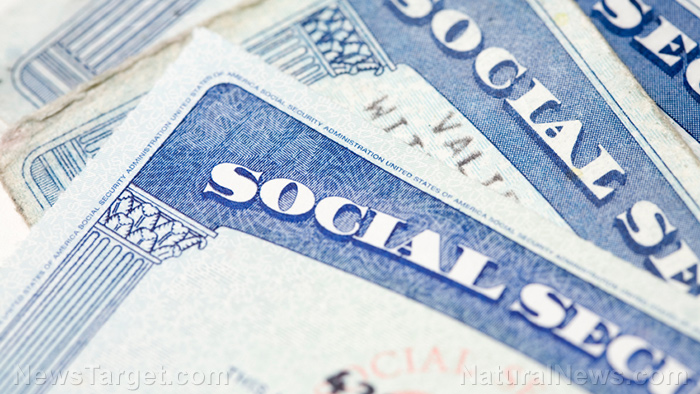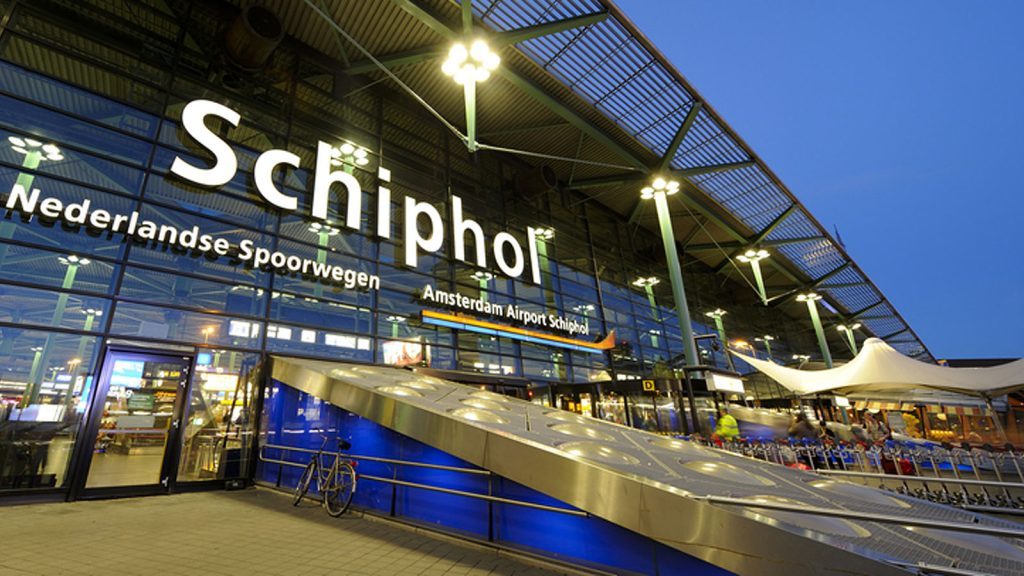Trump imposes 10 percent global tariffs; higher rate for ‘worst offenders’
President Trump on Wednesday announced a baseline 10 percent tariff on imports from all foreign countries, as well as higher tariff rates for dozens of nations that the White House deemed the “worst offenders” when it came to trade barriers. The 10 percent tariff will go into effect on Friday. About 60 countries facing a...

President Trump on Wednesday announced a baseline 10 percent tariff on imports from all foreign countries, as well as higher tariff rates for dozens of nations that the White House deemed the “worst offenders” when it came to trade barriers.
The 10 percent tariff will go into effect on Friday. About 60 countries facing a higher reciprocal tariff will see those rates go into effect on April 9 at 12:01 a.m. Trump also announced a 25 percent tariff on all foreign-made automobiles that will take effect at 12:01 a.m. April 3.
Among the countries being targeted with reciprocal tariffs are China, Vietnam, Taiwan, Japan, India, South Korea, Thailand, Switzerland, Indonesia, Malaysia, Cambodia and the European Union.
Trump said those reciprocal tariffs will be calculated by combining the rate of tariffs and non-monetary barriers like currency manipulation, then divided in half.
“The tariffs will be not a full reciprocal. I could have done that, I guess. But it would have been tough for a lot of countries,” Trump said.
The higher reciprocal tariffs included 35 percent on China, 20 percent on the European Union, 46 percent on Vietnam, 32 percent on Taiwan, 24 percent on Japan.
Wednesday’s announcement will not apply to Mexico and Canada. Instead, those two nations will continue to face a 25 percent tariff on imports on the grounds that they have not done enough to curb the flow of fentanyl into the United States. Trump previously announced that goods covered under the U.S.-Mexico-Canada trade agreement (USMCA) were exempt from those tariffs.
The president made the announcement from the White House Rose Garden, where he was joined by Cabinet officials including Secretary of State Marco Rubio, Commerce Secretary Howard Lutnick, and Health and Human Services Secretary Robert F. Kennedy Jr.
Trump had previewed for weeks that he would announce reciprocal tariffs on April 2, which he and other administration officials billed as “liberation day.” But Trump in the days leading up to the announcement sought to temper expectations by saying he would be more lenient than many were expecting.
The president made the announcement with boards flanking him in the Rose Garden, showing graphics outlining the tariff amount each trade partner puts on the U.S.
He was also joined by workers from the steel industry, truck drivers, and other workers who wanted to show their support of his trade policy.
Officials expect hundreds of millions of dollars in revenue in the next few years and “trillions” over a 10-year period from the reciprocal tariffs, they told reporters.
Trump announced the tariffs under the authority of the International Economic Emergency Powers Act, or IEEPA, which grants the president the power to regulate imports.
The White House stressed on Wednesday that the tariffs are not intended as a negotiation tactic. Officials argued the tariffs were necessary to bolster U.S. manufacturing and boost the domestic industrial base.
“We’re very focused on getting this tariff regime in place,” a senior White House official said. “This is not a negotiation, it’s a national emergency.”
Experts and even some Republicans, though, have warned that the tariffs will lead to increases in prices for American consumers. Some nations have signaled they are preparing reciprocal tariffs to respond to Trump’s announcement, potentially setting off a global trade war.

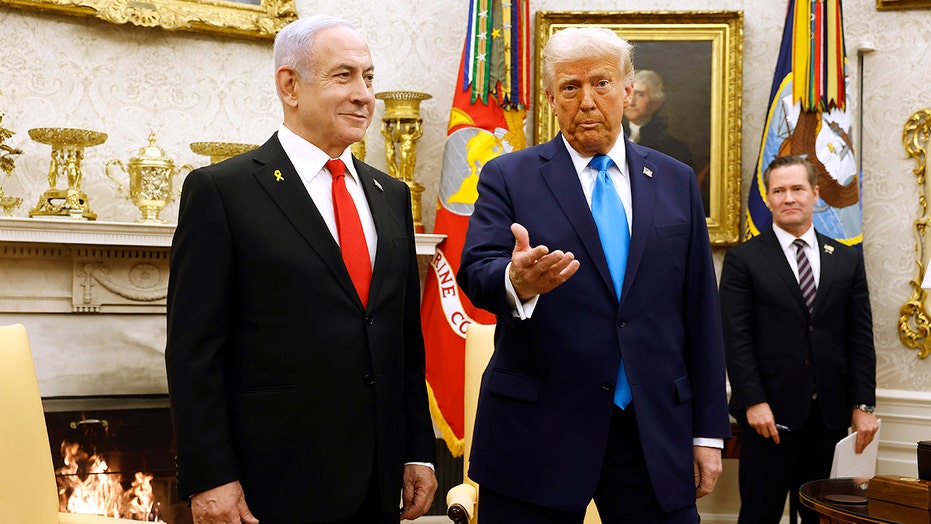








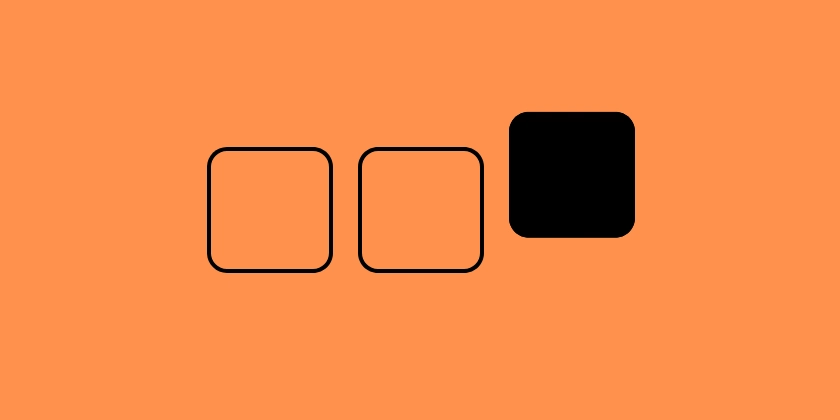
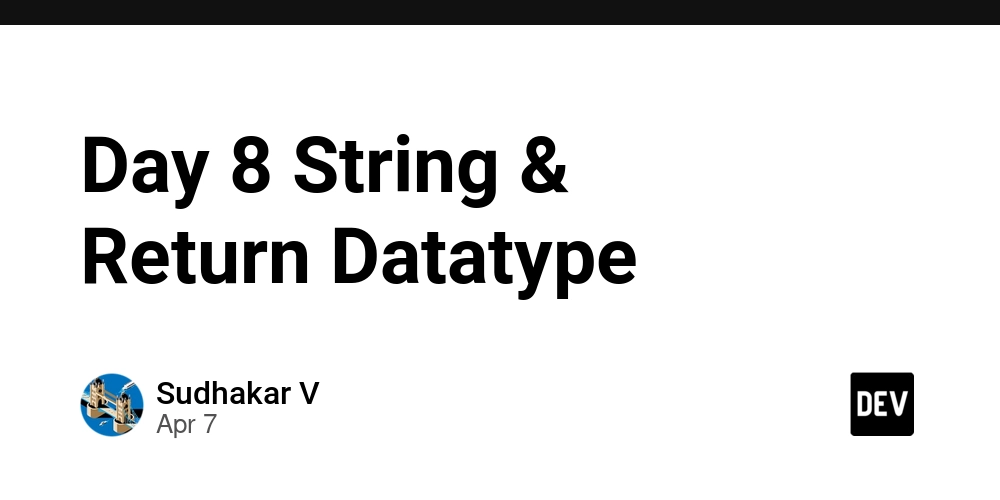






_Igor_Mojzes_Alamy.jpg?#)




















